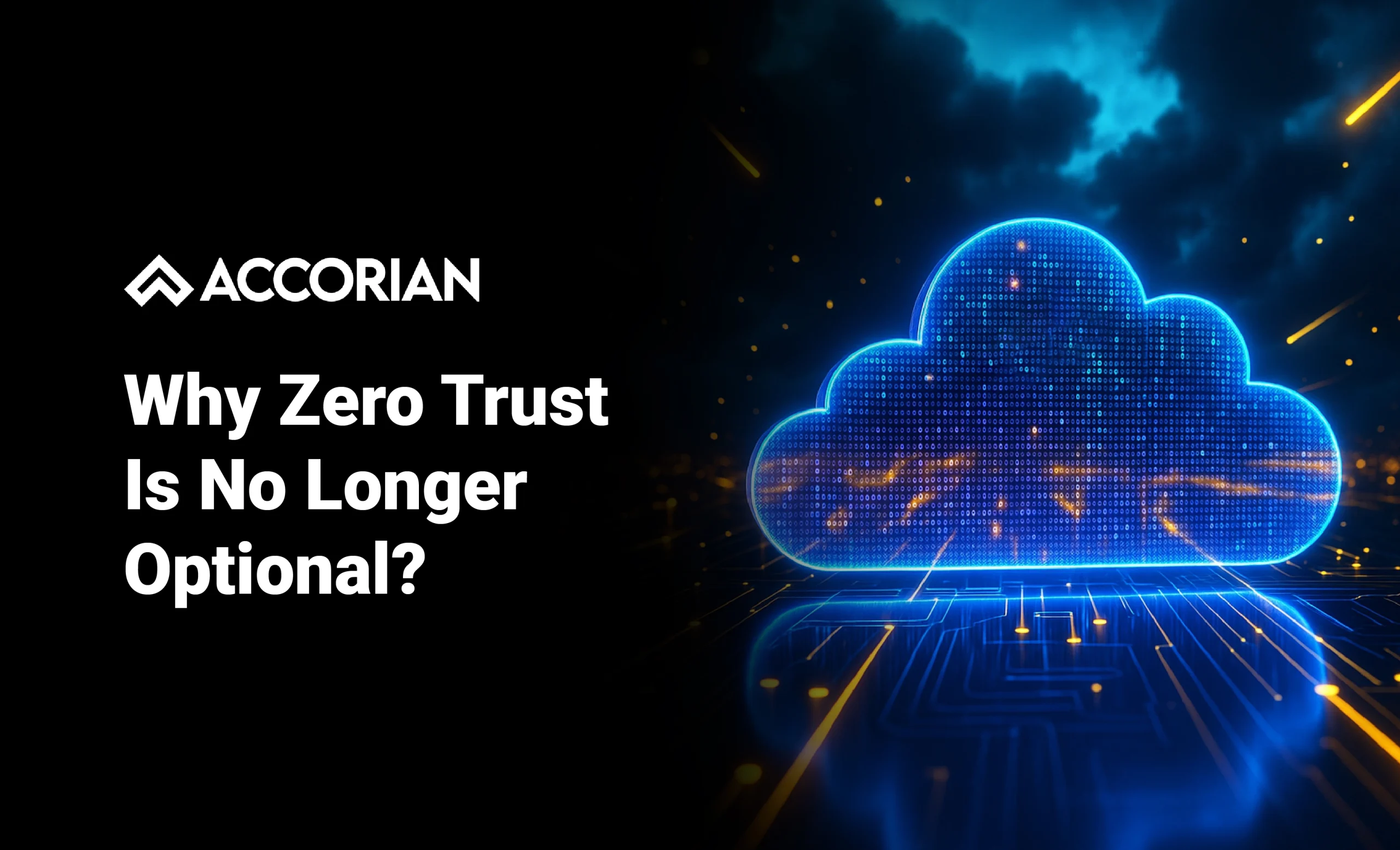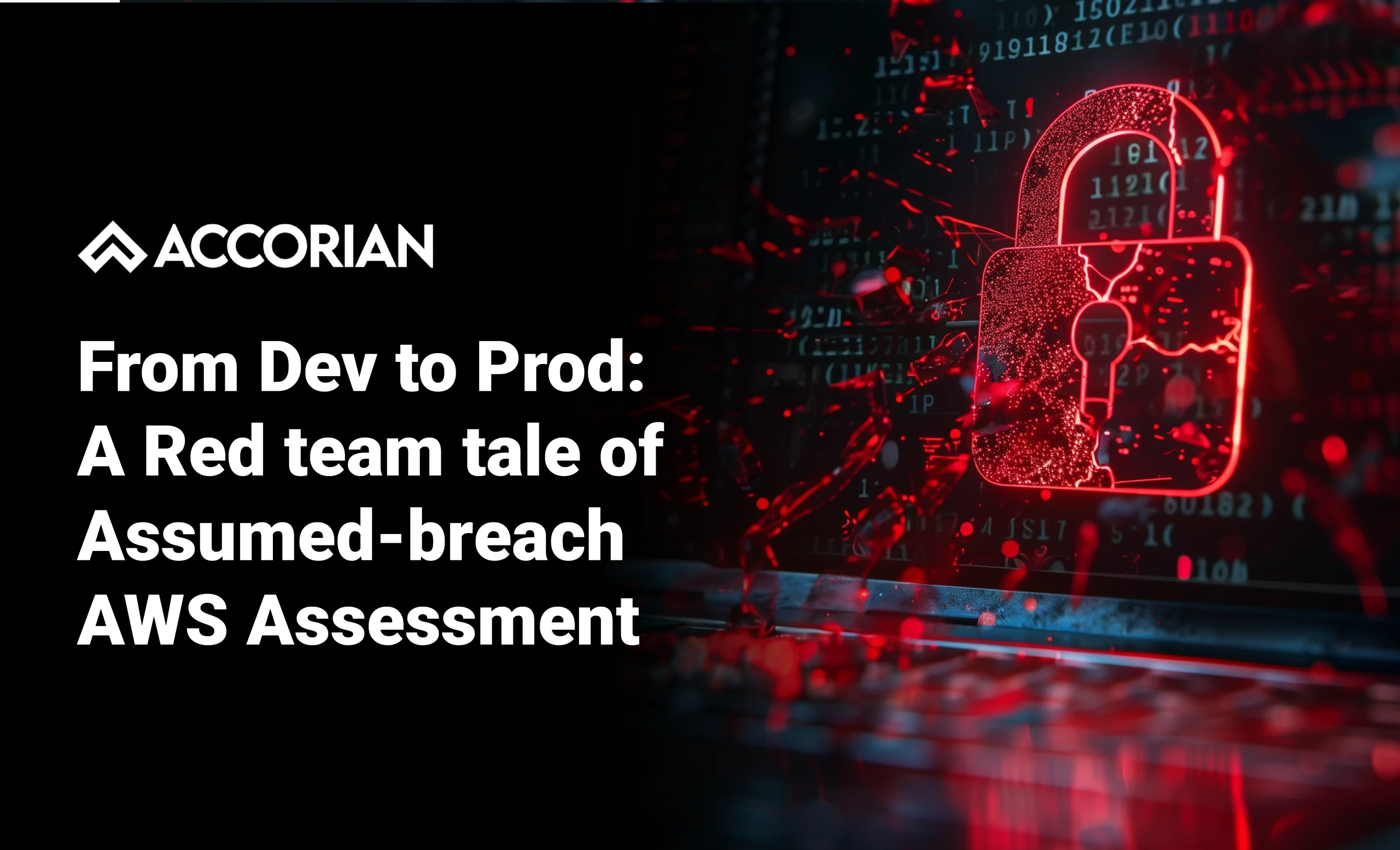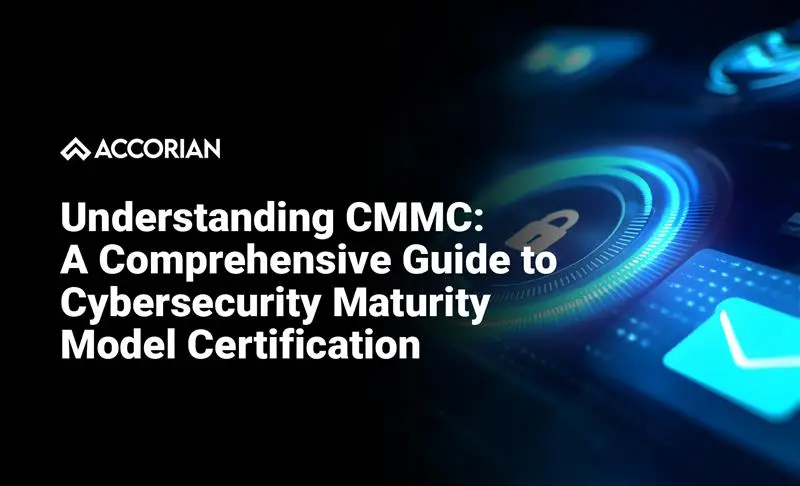Traditional security approaches no longer meet the requirements of present-day network systems that rely significantly on cloud-based digital infrastructure. Modern business operations, including cloud applications, IoT devices, and advanced cyber threats, require organizations to move beyond their previous assumption of trust within network boundaries. This shift in threat dynamics and architectural complexity has led to the emergence of Zero Trust as a more resilient and adaptive security model.
What is Zero Trust?
Zero Trust is a modern cybersecurity framework grounded in the principle of “never trust, always verify,” where continuous validation replaces implicit trust across every access point. A Zero Trust system represents an ongoing security transformation that links security measures to business flexibility and digital evolution, and adapts to threats in real-time.
As a strategic security model, Zero Trust operates under the premise that no user device or system must receive default trust, whether inside or outside the network perimeter. All access requests must undergo verification before authorization is granted.
The Three Fundamental Principles of Zero Trust Consist of:
- Verify explicitly – All data points (user identity, location, device health, etc.) must be used to authenticate and authorize users.
- Just-in-time access – All users need limited access with Just-In-Time (JIT) and Just-Enough-Access (JEA) controls for secure privilege management.
- Assume breach – System designers should work under the belief that an attack has occurred, and they must minimize damage through network segmentation along with monitoring mechanisms.
The Evolution of Zero Trust
1. Perimeter-Based Security (Legacy Approach)
Security practices in the past revolved around building strong network perimeters, that included firewalls, VPNs, and DMZs. Users and systems that entered the network space received implicit trust from the system. This security model proved unable to solve problems with:
- Insider threats
- Lateral movement during breaches
- Cloud and mobile environments
2. Early Zero Trust Adoption (2010s)
Zero Trust started its adoption through Forrester and Google’s BeyondCorp frameworks, which emphasized the verification of identity, device trust, and endpoint verification. Early adopters began:
- Enforcing Multi-Factor Authentication (MFA)
- Using device compliance checks
- The transition occurred from network-based security to security that centers around identities.
3. Modern Zero Trust Architecture
Modern Zero Trust implementation operates at an advanced level beyond previous versions. It integrates:
- Identity & Access Management (IAM)
- Endpoint Detection & Response (EDR)
- Micro Segmentation
- Cloud Security Posture Management (CSPM)
- Data Loss Prevention (DLP)
- AI/ML-powered Threat Detection
The contemporary Zero Trust model operates as a cloud-based system that handles data while implementing automated defenses.
Why Zero Trust Now?
With users accessing corporate resources from remote locations, the security perimeter is no longer tied to physical infrastructure; it has shifted to identity. This identity-centric approach drives the need for Zero Trust, as organizations navigate key challenges such as:
- Cloud Migration – Traditional controls don’t scale to multi-cloud and SaaS environments.
- Threat Sophistication – Ransomware, phishing, and supply chain attacks require proactive defenses.
- Compliance and Regulations – Standards like NIST 800-207, ISO 27001, and GDPR emphasize Zero Trust elements.
- Digital Transformation – Agility requires secure, scalable access without compromising performance.
Key Pillars of a Zero Trust Strategy
| Pillar | Objective | Identities |
|---|---|---|
| User Authentication | Ensure that only verified individuals gain access to resources | Identity verification via Multi-Factor Authentication (MFA) and strong credentials |
| Conditional Access | Enforce access policies based on context (e.g., location, device, risk level) | User identities are evaluated with dynamic signals like login behavior and device health |
| Least Privilege Access | Minimize exposure by restricting access to only what’s necessary | Role-based or task-specific identity permissions with time-bound controls |
| Device Trust | Verify device compliance before granting access | Identity extended to device posture, including patch levels and antivirus status |
| Network Segmentation | Prevent lateral movement and isolate critical systems | Identity-driven access tied to micro-segmented zones |
| Continuous Monitoring | Detect anomalies and respond to threats in real time | Identity behaviors are continuously assessed to trigger security enforcement |
| Data Protection | Safeguard sensitive data at rest and in transit | Access is tied to authenticated identities and usage context |
The system requires both user authentication with MFA and conditional access for verification purposes.
Devices
The organization needs to verify that all devices accessing corporate resources meet security compliance requirements.
Applications
Secure access to apps through single sign-on and risk-based access.
Data
The protection of data relies on encryption as well as classification techniques and rights management systems.
Infrastructure
Hybrid and multi-cloud workloads require protection through the implementation of the least privilege access combined with logging functions.
Networks
Attack surface reduction becomes possible through implementing real-time monitoring combined with micro-segmentation.
Zero Trust Implementation Journey
Each organization needs to develop its customized strategy for Zero Trust implementation. Each organization must create a customized implementation roadmap by considering business requirements and current security maturity, along with identified risk levels.
Step-by-Step Approach to Zero Trust Implementation
- Conduct a Comprehensive Assessment– Begin by evaluating the current state of assets, identity posture, and access patterns. This includes identifying existing gaps in visibility, controls, and governance.
- Prioritize Critical Use Cases– Focus on high-risk business functions such as privileged access management and cloud workload protection. This helps anchor Zero Trust efforts around areas with the greatest potential impact.
- Establish Identity Controls– Implement Multi-Factor Authentication (MFA), Single Sign-On (SSO), and conditional access policies to enforce robust identity verification and minimize unauthorized access.
- Secure Devices and Endpoints– Achieve full visibility into connected devices while ensuring regular updates and compliance with security baselines. This strengthens the trustworthiness of every access attempt.
- Protect Data and Workloads– Encrypt sensitive data both in transit and at rest. Deploy Data Loss Prevention (DLP) policies and workload-specific controls to ensure confidentiality and integrity.
- Implement Network Segmentation– Reduce attack surfaces through micro-segmentation and Zero Trust Network Access (ZTNA) tools, allowing granular control and isolation across environments.
- Enable Continuous Monitoring and Improvement– Leverage telemetry data, Security Information and Event Management (SIEM) platforms, and AI-driven analytics to gain real-time insights, detect anomalies, and adjust policies adaptively.
Challenges in Zero Trust Adoption
- Cultural resistance to changing access models.
- Tool and vendor sprawl leading to integration complexity.
- Budget constraints and misaligned priorities
- Skills gap in modern security architecture
These challenges need executive sponsorship and cross-functional collaboration as well as executive-level understanding of Zero Trust as an organizational strategy instead of a product.
Zero Trust has evolved into an essential framework that protects modern enterprises from security threats. Organizations that adopt cloud computing, remote work, and digital transformation require Zero Trust as an essential defense measure.
It provides ongoing trust verification alongside least privilege enforcement and breach assumption to deliver an adaptive security framework that scales for evolving cyber threats. Zero Trust represents a complete transformation of security approaches that affects organizational culture and mindsets, and security perspectives.



